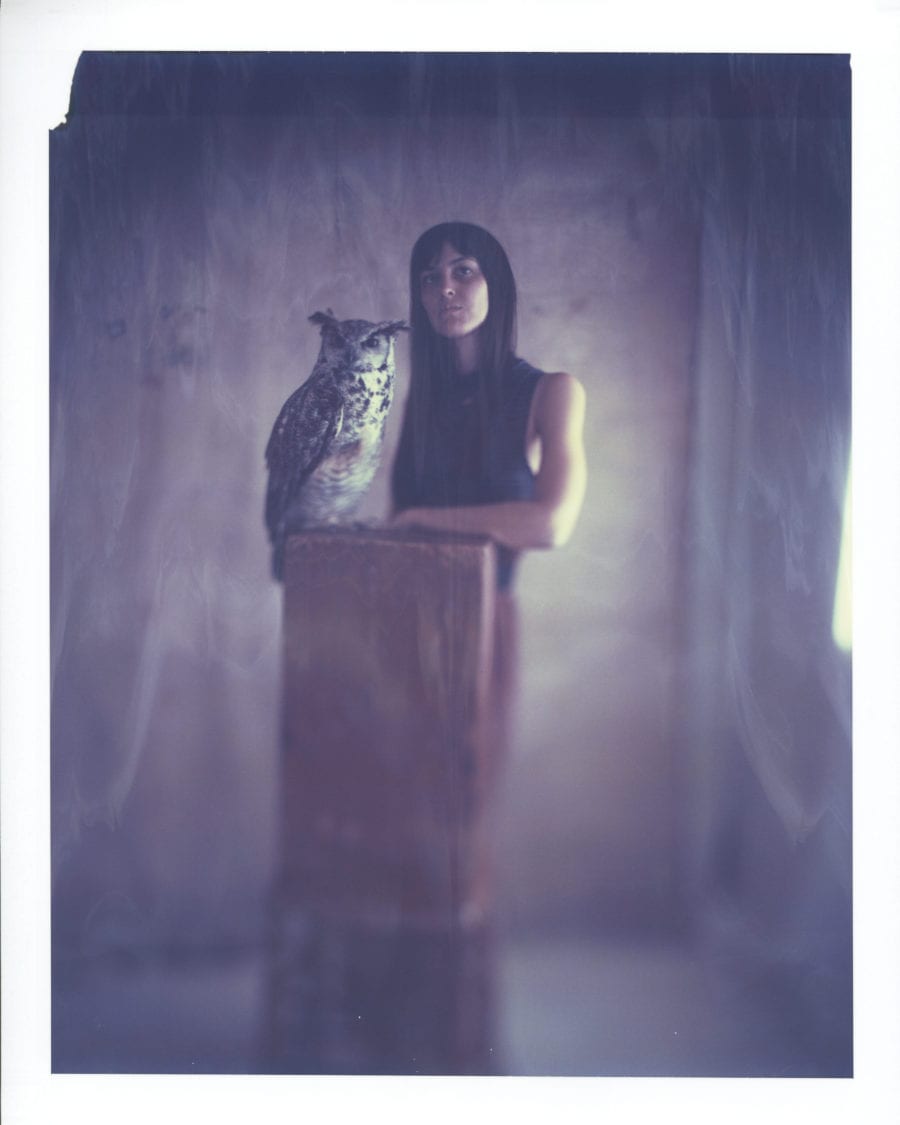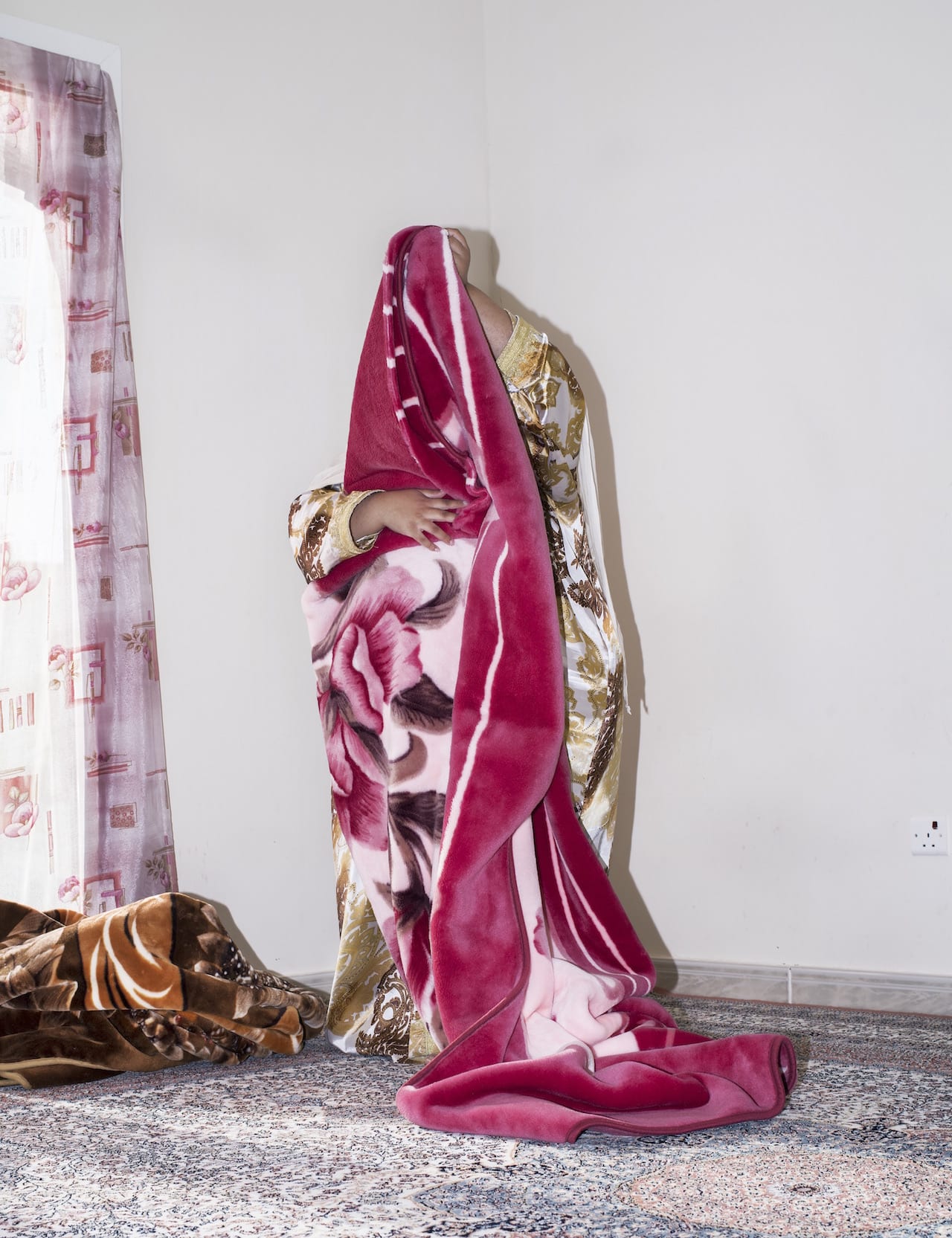“I’m interested in photographing what the world looks like when we can’t agree on what’s real,” he says


“I’m interested in photographing what the world looks like when we can’t agree on what’s real,” he says

”The best thing I will bring with me from 2020 is knowing that there is power and beauty in being openly vulnerable,” says Chiara Bardelli Nonino, as she shares her highlights of 2020.

The photo editor of Vogue Italia and L’Uomo Vogue shares her insight on commissioning fashion photography

“It’s a bit hard to find words for this – You don’t look Native to me won the PHmuseum Women Photographers Grant,” says Maria Sturm. “I feel exponentially happy and glad to be sharing the list with other women photographers whose work I admire.”
Sturm has won the prize in a strong year for the PHmuseum Women Photographers Grant, with the 31 shortlisted photographers including Magnum Photos’ Diana Markosian, Sputnik Photos’ Karolina Gembara, and Taylor Wessing Photographic Portrait Prize-winner Alice Mann. But her long-term project You don’t look Native to me, which shows young Native Americans in Pembroke, North Carolina impressed the judges with its sensitive approach to its subjects.

Now in its second year, the PHmuseum Women Photographer Grant has a simple premise – to recognise and award world-class photographers, who also happen to be women. Judged this year by a prestigious panel including Magnum photographer Alessandra Sanguinetti and The Photographers’ Gallery senior curator Karen McQuaid, the Grant has two main sections – The Women Photographer Grant and the New Generation Prize for those under 30 years of age. BJP takes a look at those who have made the shortlist.

Diversity has never been hotter in the fashion industry. This year, more non-white, plus-sized, and transgender models have walked the runway than ever before, and a record number of black women have appeared on the covers of glossies worldwide. Alessia Glaviano, senior picture editor at Vogue Italia and director of the Photo Vogue Festival thinks we owe it to the internet. “I believe that nothing would have happened, or not this fast, in terms of inclusivity, if it wasn’t for social media,” she says. “It’s a progressive platform for talking about race, identity, sexuality, and disability.”
But diversity isn’t just a trend, it’s a reality. Years before #diversity began to take off, forward-thinking publications such as Vogue Italia were already poking holes in the industry’s representation problem, with initiatives such as the July 2008 “all black” issue. Vogue Italia is known for being adventurous, for setting a standard for cutting-edge fashion photography. Over the years has given artistic freedom to commissioned photographers such as Steve Meisel, Ellen von Unwerth and Miles Aldridge, who have shot stories unlikely to be seen elsewhere, engaging with themes such as plastic surgery and domestic violence.
“It’s been in our DNA since the beginning,” says Glaviano. “We’ve always been really engaged and committed to this part of fashion that can be very strong and influential.
“I’ve never believed in boundaries and labelling things,” she adds. “No one cares that Michelangelo was commissioned to create the Sistine Chapel. What they care about is the final result.”

Famously described by Susan Sontag in her 1964 essay Notes on ‘Camp’ as “a sensibility (as distinct from an idea)”, the appreciation of camp was born out of artifice and opulence, a vulgar fascination with theatrical exaggeration. And while it has long been tied up with LGBTQI culture, it has become a compelling way to convey messages without limits. “To me, camp is a very powerful thing,” says Phillip Prokopiou. “It’s a form of satire – a way to exaggerate and ridicule things that are very serious.” Prokopiou, a South Africa-born, London-based photographer behind an eponymous studio, which he co-founded with his partner-in-life-and-art Panagiotis Poimenidis, has long been fascinated with the power of kitsch to communicate our deepest hopes, fears and fantasies – whether they manifest in the form of a moustachioed Virgin Mary (stage name: Virgin Xtravaganzah) sitting chastely in the glow of ‘Gawd’’s glory, or an otherworldly extraterrestrial gazing into the distance.

“The main issues in fashion currently are gender and identity, and a more inclusive image…

Growing up surrounded by oppression in a country where violent religious and ethnic clashes were commonplace and close at hand, Suryajaya was constrained by strict traditional and conservative values that condemned homosexuality. He needed to get out. He turned 18, alone, on a flight bound for the United States, leaving behind his family and his old life in Indonesia.

With a Lebanese-American mother and an Emirati father, Farah Al Qasimi has lived much of her life between the United States and Abu Dhabi, where she grew up. Now completing a Master of Fine Arts at Yale, she is still oscillating between her two home nations, and producing work that explores home, belonging, representation and clarity.